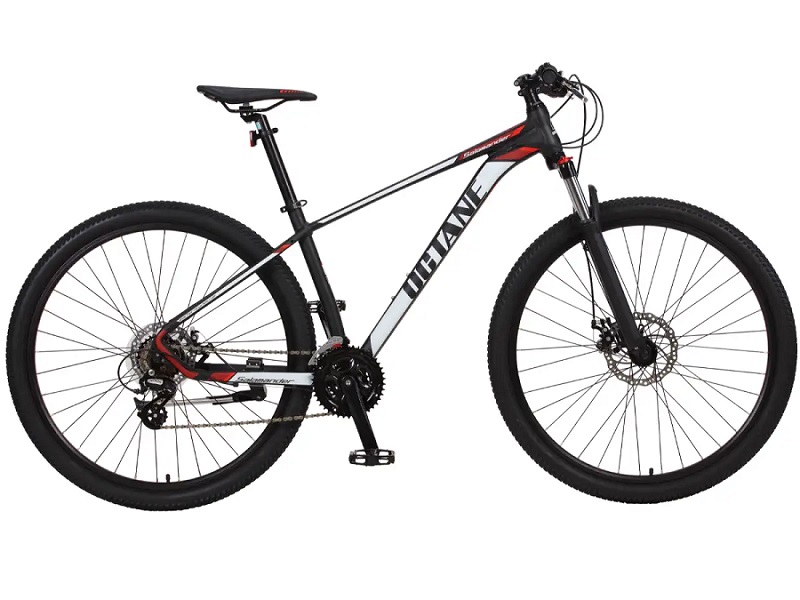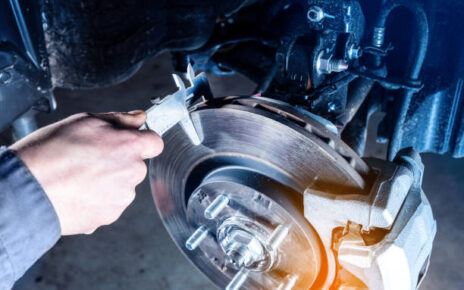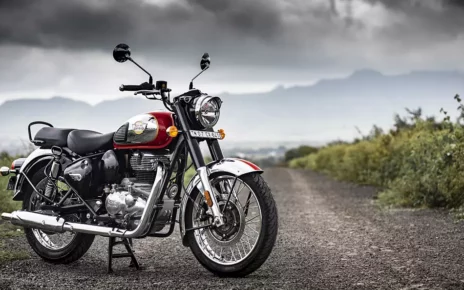Cycling enthusiasts are spoilt for choice when it comes to selecting the perfect ride. Whether you’re planning intense sprints or embarking on mountainous trails, choosing the right cycle is crucial. In this guide, we’ll focus on the world of sprint cycles, highlighting key factors to consider before making a purchase.
Understanding Sprint Cycles
Sprint cycles, designed for speed and agility, are the go-to choice for those craving the rush of rapid acceleration and high-speed bursts. These cycles are built to be lightweight, aerodynamic, and responsive, making them ideal for competitive racing or quick city commutes. Unlike their rugged counterparts, mountain cycles, which are designed to tackle rough terrains, sprint cycles are optimized for smooth roads and tracks.
Frame Material and Geometry
The foundation of any sprint cycle is its frame. The material used greatly influences the cycle’s weight, stiffness, and overall performance. Common frame materials include aluminum, carbon fiber, and steel.
Aluminum frames offer a balance between affordability and lightweight construction. Carbon fiber frames, on the other hand, are renowned for their exceptional stiffness-to-weight ratio, resulting in unparalleled acceleration. Steel frames provide a comfortable ride due to their natural shock-absorbing properties, making them a solid choice for long-distance rides.
In terms of geometry, sprint cycles feature a more aggressive setup, with a lower handlebar height and steeper angles. This geometry facilitates an aerodynamic riding posture, allowing you to slice through the air with minimal resistance.
Wheel Choice
The wheels of a sprint cycle play a vital role in its speed and handling. Wheel options include clinchers, tubulars, and tubeless. Clincher wheels are the most common and user-friendly choice, featuring an external tire and an inner tube. Tubular wheels, favored by professionals, provide a lighter setup and a smoother ride due to their rounder profile. Tubeless wheels offer reduced rolling resistance and enhanced puncture protection, making them a solid choice for those seeking reliability.
Additionally, consider the wheel depth, as deeper rims provide improved aerodynamics at higher speeds. However, keep in mind that deep rims might be more affected by crosswinds.
Groupset and Gearing
The groupset, which includes components such as derailleurs, shifters, brakes, and crankset, significantly impacts the sprint cycle’s performance. Reputable brands like Shimano, SRAM, and Campagnolo offer a range of groupsets tailored to different preferences and budgets.
Pay attention to the number of gears in the cassette and the chainrings. Sprint cycles often feature higher gear ratios for achieving top speeds on flat terrain. However, if you anticipate encountering inclines, having a wider range of gears can be beneficial.
Braking System
Reliable and efficient braking is essential for sprint cycles, especially when riding at high speeds. Most modern sprint cycles are equipped with rim brakes or disc brakes.
Rim brakes use brake pads that grip onto the wheel’s rim to slow down the cycle. They are lightweight and offer precise control. On the other hand, disc brakes provide consistent stopping power in various weather conditions and are less affected by wet surfaces. The choice between the two largely depends on personal preference and the terrain you’ll be riding on.
Fit and Comfort
A well-fitted cycle enhances both performance and comfort. The right fit ensures an efficient transfer of power and minimizes the risk of injuries. Consider aspects like frame size, saddle height, handlebar reach, and saddle position.
A professional bike fitting can help you find the optimal setup for your body type and riding style. Many cycle shops offer this service, taking into account your measurements and preferences to create a personalized fit.
Budget Considerations
Sprint cycles come in a wide price range, from budget-friendly options to high-end models packed with advanced features. Determine your budget and prioritize the components that matter most to you. While high-end models might offer cutting-edge technology and lightweight materials, mid-range options can provide excellent performance without straining your finances.
Test Rides and Reviews
Nothing compares to firsthand experience. Before finalizing your purchase, take the sprint cycle for a test ride. Pay attention to how it handles, accelerates, and responds to your input. Testing various models can help you identify the cycle that resonates best with your riding style and preferences.
Additionally, reading reviews from fellow cyclists and experts can offer valuable insights. Real-world experiences highlight the strengths and weaknesses of specific models, aiding your decision-making process.
Conclusion
Choosing a sprint cycle requires careful consideration of various factors, from frame material and geometry to wheel choice and groupset. Each element contributes to the cycle’s performance, speed, and overall riding experience. By understanding your needs, preferences, and budget, you can confidently select a sprint cycle that propels you towards exhilarating rides and helps you achieve your speed-oriented goals.




